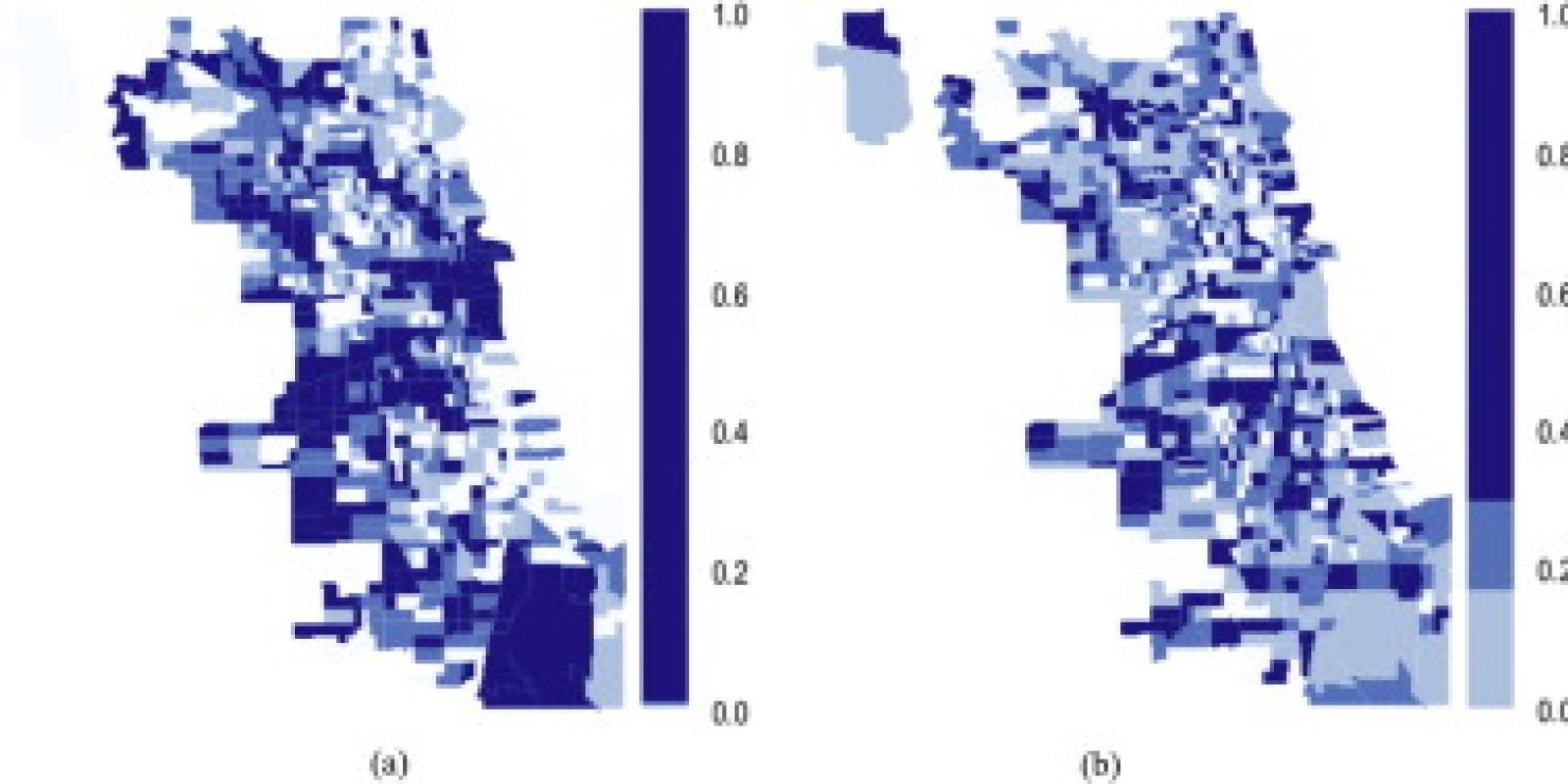Urban energy flux: Spatiotemporal fluctuations of building energy consumption and human mobility-driven prediction

Urbanization is causing a significant increase in the amount, diversity, and complexity of human activities, all of which have a substantial impact on energy consumption. Current approaches to predicting energy demand at different spatiotemporal levels are functions of the characteristics of either individual buildings or cities and their occupancy levels, or are data-driven, typically taking the form of sensor-based modeling. Nevertheless, accounting for both the spatial and temporal effects of heterogeneous human behavior patterns on buildings’ energy use at the city level remains a challenge. In this paper, we examine the temporal manifestation of the fluctuations of energy use in urban buildings driven by spatial mobility patterns of the population. We then present an urban-level spatiotemporal approach for predicting buildings’ energy demand. Using a full year of individual positional records from an online social networking platform (Twitter), we introduce a multivariate autoregressive model in reduced principle component analysis space to create monthly predictions of residential building electricity demand generated across 801 spatial divisions that account for 68% of the electricity used by buildings in the City of Chicago, through a spatial autoregressive model. This model represents an important step forward, incorporating the spatiotemporal energy use fluctuations of urban population activities to create more reliable predictions of demand in future cities.




